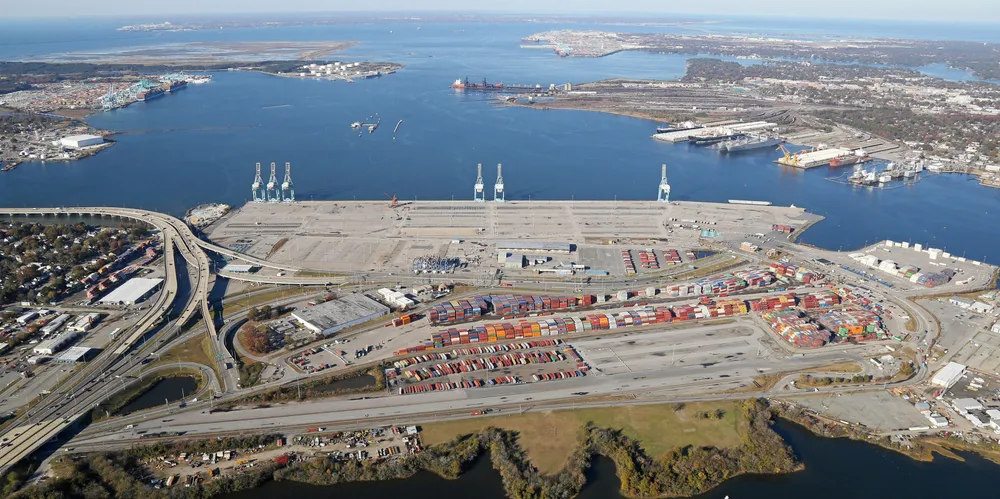US offshore wind giant could be saved by 'constructive' deal between Dominion and Virginia
Developer of 2.6GW CVOW megaproject – the country's biggest – believes Atlantic array can be brought online on-time and budget if tentative agreement is signed off on

Construction of the biggest offshore wind farm being built off the US – in jeopardy of being shelved after state-imposed power production guarantees were argued to have rendered the giant 2.6GW array “untenable” – could be rescued by deal reached Friday by the project’s developer and a consortium of its stakeholders.
Dominion Energy, developer of the Coastal Virginia Offshore Wind (CVOW) project, reached a settlement agreement with the state attorney general’s office, Walmart, social advocacy group Appalachian Voices, and environmental organisation Sierra Club, to take on billions of dollars more in risk in exchange for the removal of cost recovery terms set out by Virginia’s State Corporation Commission (SCC).
“I appreciate the thoughtful effort of all parties in reaching a constructive agreement to allow the project to continue moving forward,” said Dominion Energy CEO Bob Blue.
“We have further mitigated some of the project’s development risks that strengthen our confidence of remaining on-time and on-budget.”
The developer filed the agreement with its petition to remove performance guarantees that Dominion had said would make the CVOW project – the only US offshore wind array being developed as a conventional energy project under Virginia’s tightly regulated utilities market – unworkable.
The dispute stems from concerns raised by the SCC that excess costs would be paid for by ratepayers, which then stipulated performance guarantees as an offset.
The agreement would see Dominion take 50% of responsibility for overruns on the original $9.8bn capital investment (capex) from $10.3bn-$11.3bn and accept the full share should costs reach $11.3bn-$13.7bn.
There is “no voluntary cost-sharing agreement” for any costs that exceed $13.7bn.
Dominion Energy had argued that the estimated capacity factor of lifetime capacity factors of 42% is based on a 30-year operational lifespan, but if the project is penalised for not meeting that target on a three-year rolling average, it would lose anywhere from $500m-$2bn.
The utility threatened to abandon the project if performance guarantees were not removed or altered.
The investor-owned utility said it had taken further steps to de-risk the project, including the completion of an “independent project review and construction readiness assessment, along with a comprehensive assessment of schedule and cost”.
Blue said: “We expect over 90% of the project costs, excluding contingency, to be fixed by the end of the first quarter in 2023 as compared to about 75% today, further de-risking the project and its budget.”
Will Cleveland, a senior attorney in Southern Environmental Law Centre’s Charlottesville office, said: “Today’s settlement strikes a much better balance between shareholders and ratepayers that enables the project to move forward.”
Virginia has a mandate of 5.2GW of offshore wind installed capacity by 2034, which forms a crucial component of its emissions reduction goals. The SCC acknowledged receipt of the agreement as part of Dominion’s petition for removal of performance guarantees but has not said when a decision would be made.
(Copyright)